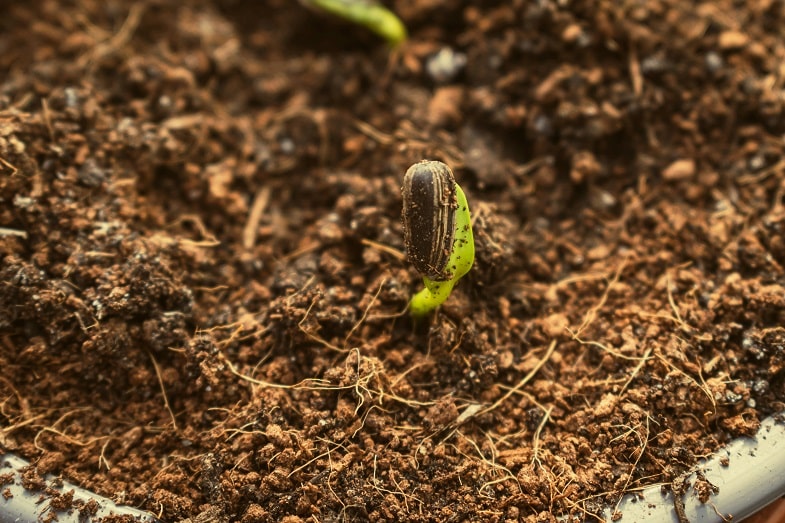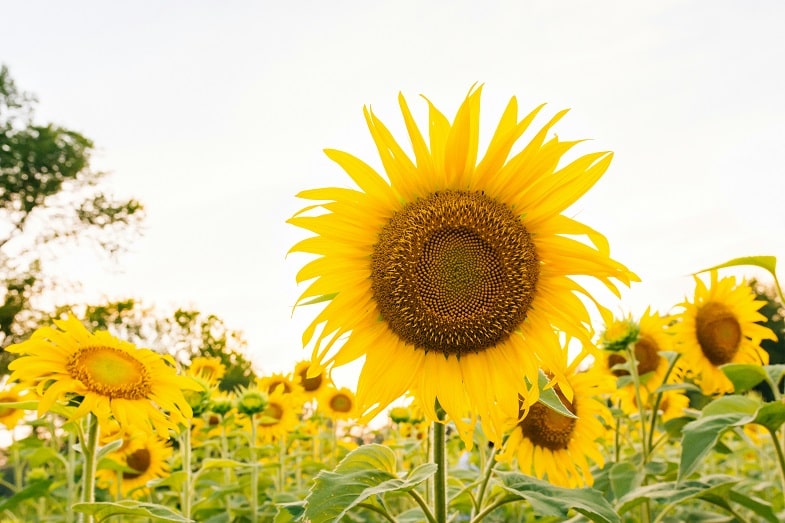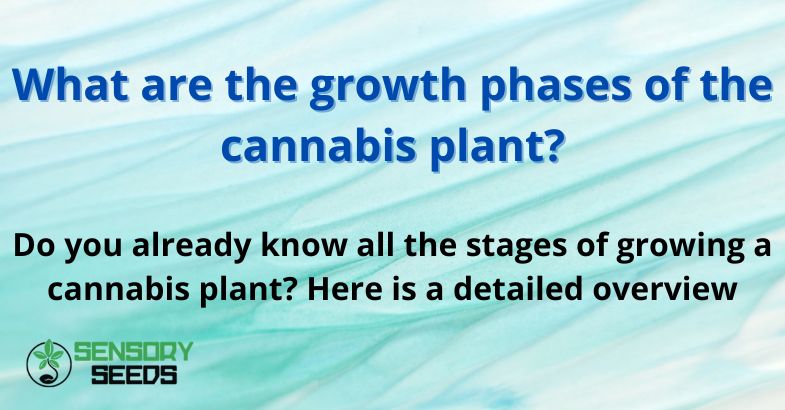Published on: 21/06/2024
Do you already know all the stages of growing a cannabis plant? Here is a detailed overview
Each cannabis plant goes through different growth phases, each with specific characteristics and needs.
In this article, we will explore the different stages of cannabis plant growth in detail, providing a comprehensive guide for growers, from beginners to experts.
The different phases
The growth of the cannabis plant can be divided into six main stages:
- seedling;
- vegetative growth;
- pre-flowering;
- flowering;
- harvesting.
Each of these phases requires specific environmental conditions, nutrients and proper care to ensure a healthy plant and a bountiful harvest.
Read also: What are the best cannabis strains for outdoor cultivation? Here are three options


Phase 1: germination
The germination phase is the first step in the life of a cannabis plant. It begins when the seed is planted and ends when the seedling emerges. During this stage, the seed absorbs water, swells and breaks, allowing the rootlet to emerge.
Ideal conditions for germination include a temperature between 20 and 25°C and high humidity, around 70-80%. Light is not necessary until the seed has germinated.
The germination process starts with hydration of the seed, which can be immersed in water for 12-24 hours. Next, the seed is transferred to a moist substrate such as blotting paper or directly into moist soil. After a few days, the seed will open and the radicle will appear, signalling the start of the seedling stage.
Phase 2: seedling
When the radicle emerges, the plant enters the seedling phase. During this phase, the first true leaves, known as cotyledonary leaves, appear.
The seedling stage is characterised by slow but steady growth, with the plant developing a more robust root system and beginning to produce larger, more numerous leaves.
Ideal conditions for the seedling stage include a temperature of 20 to 25°C and a humidity of 65-70%. The plant needs a photoperiod of 18 hours of light and 6 hours of darkness. During this phase, it is important to keep the soil moist but not soggy and to provide a light, nitrogen-rich fertiliser.
Phase 3: vegetative growth
During this phase, the plant has rapid growth, and develops a strong leaf apparatus and root system. The plants increase considerably in height and width, preparing for the next flowering phase.
Ideal conditions for vegetative growth include a temperature of 22 to 28°C and a humidity of 40 to 70%. Light is still required for 18 hours a day.
It is important to increase irrigation as the plant grows and to use fertilisers rich in nitrogen and potassium. In addition, pruning practices such as topping can be used to promote lateral growth and make the plant more robust.
Phase 4: pre-flowering
During this brief transition phase, the plant shows the first signs of sex: male plants develop pollen sacs, while female plants develop white pistils.
Ideal conditions for pre-flowering include a temperature between 20 and 26°C and a humidity of 40-50%. It is important to change the photoperiod to 12 hours light and 12 hours dark to stimulate flowering.
During this phase, it is crucial to identify the sex of the plants and remove the male plants to avoid unwanted pollination of the female plants.
Read also : Introduction to Potassium Deficiency in Cannabis


Phase 5: flowering
The flowering phase is when the plant produces its flowers, also known as buds. This phase is crucial for the quality and quantity of the harvest. Female plants develop resinous buds, while male plants produce pollen sacs.
Ideal conditions for flowering include a temperature between 20 and 26°C and a humidity of 40-50%. Light should continue to be 12 hours a day. During this phase, it is important to continue with regular watering, avoiding over-watering, and to use fertilisers rich in phosphorus and potassium. In addition, it is often necessary to provide support for the heavy branches of buds using braces or nets.
Step 6: harvesting
The harvest phase is the culmination of cultivation. The timing of the harvest is crucial to maximise the potential of the plant.
Key signs that indicate the right time for harvesting include the change in pistil colour from white to orange/brown and the transition of trichomes from transparent to milky white or amber.
The harvesting procedure starts with cutting off the main branches of the plant. This is followed by manicuring, removing the larger leaves and those around the tops. The tops are then dried by hanging the branches in a dark and ventilated environment for 7-14 days. After drying, the buds are stored in airtight containers for a period of 2-4 weeks, a process called curing, which improves the flavour and potency of the cannabis.
Conclusions
Growing a cannabis plant requires close attention to all the details of the different stages of growth. In fact, each phase has its own specific requirements in terms of light, temperature, moisture and nutrients, and caring for the plant properly at each stage is essential for a high-quality harvest.
Constantly monitoring plants for signs of stress or disease is crucial. In addition, being prepared to adjust environmental conditions according to the plants’ response can make the difference between a mediocre and an exceptional harvest. Finally, continuing to learn and experiment with new techniques can help growers continuously improve their results.
Cultivating cannabis can be a rewarding activity, not only for the final harvest but also for the process itself. With the right care and attention, every grower can experience the pleasure of watching their plants flourish and produce lush flowers.









